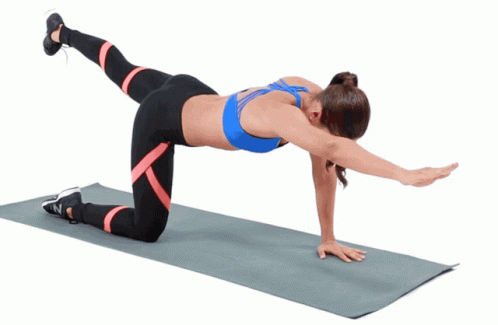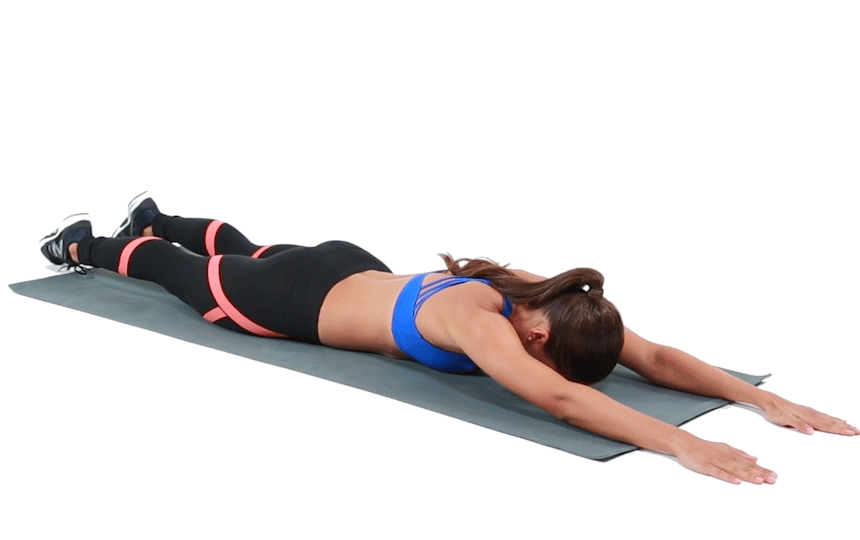Erector Spinae
Say hello to your erector spinae. Meet the group of muscles that run from your skull to your sacrum, all the way down the spine. Not just one muscle, these are whole families of muscles that live right next to the spinous process and pull on them and the skull and pelvis to create movement of the spine. For classification purposes they are categorized in three separate bundles...
Spinalis - run closest to the spine, start as low as L3 and run all the way up to the occipital protuberance, 3 muscles include
Longissimus - in between the two other bundles, these 3 muscles go from the sacrum all the way up to the temporal bone of the skull
Illiocostalis - most lateral group, also has 3 muscles that go from the sacrum and iliac crest all the way up to the cervical vertebrae
Is all this terminology confusing? Yes, the spine is a very complex structure when you look at the vertebral column above. Although I would love to give an in-depth anatomy lesson, let's keep this short for the purposes of learning some practical facts.
FACT #1
Your spine holds your head up. The bones in your neck (there are 7 of them) are called cervical vertebrae. There is a slight anterior (forward) curve to these vertebrae stacked on one another.
FACT #2
Your thoracic vertebrae don't move much because they are attached to ribs. Just below your cervical vertebrae are 12 thoracic vertebrae each with it's very own rib that forms the chest wall.
FACT #3
The lumbar (and cervical) spine can move in multiple planes. Because between each hard vertebral bone is a squishy disc that allows a little bit of movement between adjacent discs. With 5 lumbar vertebra stacked on top of each other a little movement (forward, back, side-to-side, or twisting) of one vertebra on another multiplied 5 times can lead to a fairly large range of motion. This is even more dramatic with the 7 vertebrae of the neck (think of all the ways you can twist and turn the neck).
Now let's take these 3 fact (0k, so maybe there are few more up there) and put them to good use. These small, thin muscles around your spine (the erector spinea and more) give you the freedom to move your back and neck in many different positions and then return the spine to its natural "S" curve. It's like adding tethers to a tent pole to keep it stable. These little muscles are way outmatched in terms of size and strength with huge muscles (like the glut max) that attach to the extremities. This means that the spinal erectors should not be the prime movers in any particularly heavy lift.
In the ER, I see many patients who "threw out" their back. This is probably just severe delayed onset muscles soreness (DOMS) for these tiny muscles that were torn to shreds (microscopically) by being put under stress way beyond their capacity. Take a look at the exercises below. See any weights in their hands??? No, body weight alone is sufficient to work these spinal erector muscles. In one exercise, you have dynamic changes the muscle length of the lower erector spinea, and in the other you have the muscles doing what they are best at, static contractions holding the spine stable. No heavy lifting required.
Check out the video below as well to start to use your spinal erectors and then stay tuned for how to correctly use them for the big lifts like deadlift.








